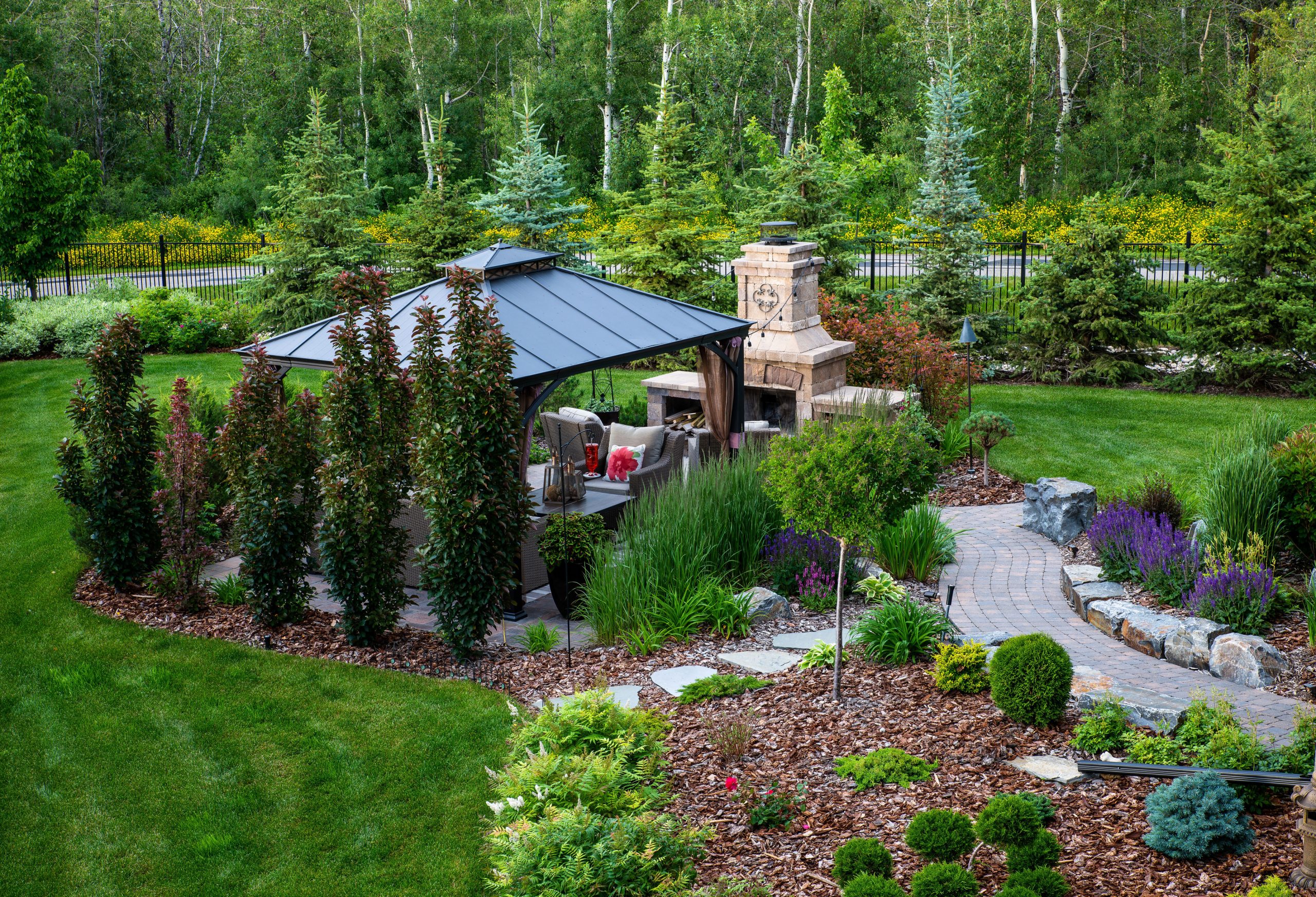The Definitive Guide to Hilton Head Landscapes
The Definitive Guide to Hilton Head Landscapes
Blog Article
The Facts About Hilton Head Landscapes Uncovered
Table of Contents4 Simple Techniques For Hilton Head LandscapesSome Of Hilton Head LandscapesThe 10-Minute Rule for Hilton Head LandscapesHilton Head Landscapes Things To Know Before You BuyThe Buzz on Hilton Head LandscapesHow Hilton Head Landscapes can Save You Time, Stress, and Money.Getting The Hilton Head Landscapes To Work
Line produces all forms and patterns and can be utilized in a range of means in the landscape. Line in the landscape is produced by the side between 2 materials, the summary or silhouette of a type, or a long linear attribute. Lines are a powerful tool for the developer since they can be used to develop an infinite range of shapes and types, and they manage activity of the eye and the body.
.jpeg)
Lines can have several characteristics, such as those defined listed below, but they commonly serve various functions. Figure 1. Lines in the landscape - landscapers in bluffton sc. The residential properties of lines identify just how people reply to the landscape, both emotionally and literally. Straight lines are architectural and forceful; they develop a formal personality, are usually connected with a symmetrical layout, and lead the eye straight to a prime focus.
Getting My Hilton Head Landscapes To Work
Curved lines produce a casual, natural, loosened up character that is associated much more with nature and asymmetrical equilibrium. Curved lines move the eye at a slower rate and add secret to the room by developing surprise views.
Upright lines in the landscape consist of tall, narrow plant product, such as trees, or tall structures, such as an arbor or a bird home on a pole. Horizontal lines move the eye along the ground plane and can make an area really feel larger. Low lines are much more controlled and produce a feeling of remainder or repose.
Rumored Buzz on Hilton Head Landscapes
Reduced lines are produced by reduced garden wall surfaces, pathways, and short bushes. Lines are used to attract types on a strategy. In plan sight, they define plant beds and hardscape locations. Lines are likewise developed by the vertical kinds of developed features and plant product. There are three primary line kinds that produce form in the landscape: bedlines, hardscape lines, and plant lines.
Bedlines link plant product to your home and hardscape due to the fact that the eye complies with the line, moving the stare through the landscape. Hardscape lines are produced by the side of the hardscape, which delineates the developed framework. Line can also be produced by lengthy and narrow materials, such as a fencing or wall.
Getting The Hilton Head Landscapes To Work
Kind is located in both hardscape and plants, and it is normally the leading aesthetic component that spatially arranges the landscape and frequently identifies the style of the garden. The type of structures, plant beds, and garden ornaments also identifies the general type style of the garden. Formal, geometric types include circles, squares, and polygons.
Plants produce type in the garden through their describes or silhouettes, however form can also be defined by a void or negative room in between plants - hilton head landscapers (https://h1tnhdlndscps.bandcamp.com/album/hilton-head-landscapes). Circles can be cycles, or they can be separated into half circles or circle segments and combined with lines to develop arcs and tangents
The Main Principles Of Hilton Head Landscapes
Circles are a strong layout form since the eye is always drawn to the facility, which can be used to highlight a focal factor or link various other types. Round forms in hardscape and yard panels.
The square kind can also be fractional and pre-owned repeatedly to produce a grid pattern. Unlike circles, squares are more powerful on the edges, which can be lined up or overlapped to develop unique patterns and more complicated kinds. Polygons are many-sided forms with straight sides. Triangulars, as an example, are three-sided polygons.
Meandering lines usually imitate the natural program of rivers or streams and can be referred to as smooth lines with deeply bent undulations. Meandering lines (Figure 3) work well for pathways, plant bedlines, and dry stream beds. Meandering lines can add rate of interest and enigma to a yard by Resources leading viewers around corners to find new sights and rooms.
What Does Hilton Head Landscapes Mean?

Figure 5. Fragmented edges: stepping rocks in pathway. Form is the most long-lasting top quality of a plant (Landscaping bluffton sc). https://www.figma.com/design/CqNShAPJ75DpMEeGt0LfQR/Untitled?t=lZt5bM9P0avBSZvk-1. Common plant kinds are well established and standard, as type is one of the most consistent and recognizable attribute of plants. Form can additionally be produced via the massing of plants, where the general mass produces a different form than an individual plant.
An extremely contrasting kind needs to be used with careone or 2 job well as a prime focus, yet way too many create disorder. Natural plant forms, instead than over-trimmed forms, need to establish the bulk of the composition. The importance of general kind is basically reliant on the viewing perspectivethe kind of a tree can appear rather different to an individual standing under the canopy versus checking out the tree from a distance in an open field.
Hilton Head Landscapes Things To Know Before You Buy
Plant kinds additionally create and define the gap or open rooms between the plants, producing either convex or scooped forms in deep spaces. High-arching tree branches normally produce a concave open space under the branches, and a round canopy with low branches fills the space to produce a convex type outdoors area under the tree.

Report this page